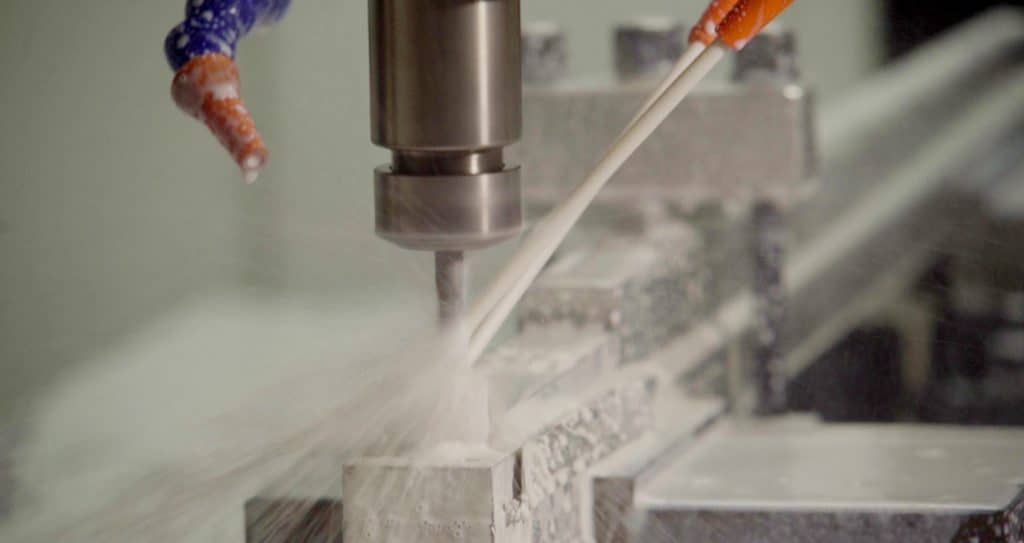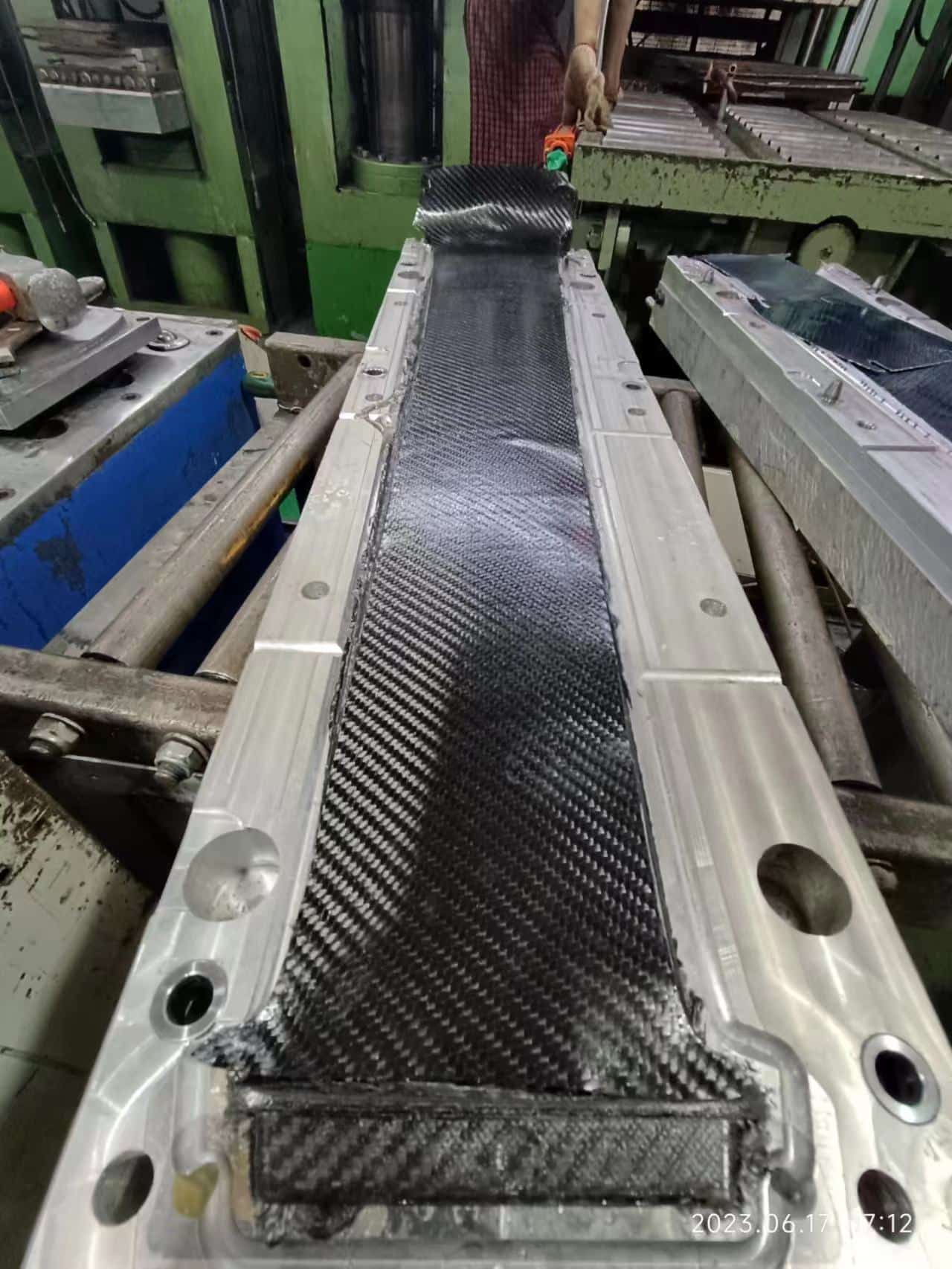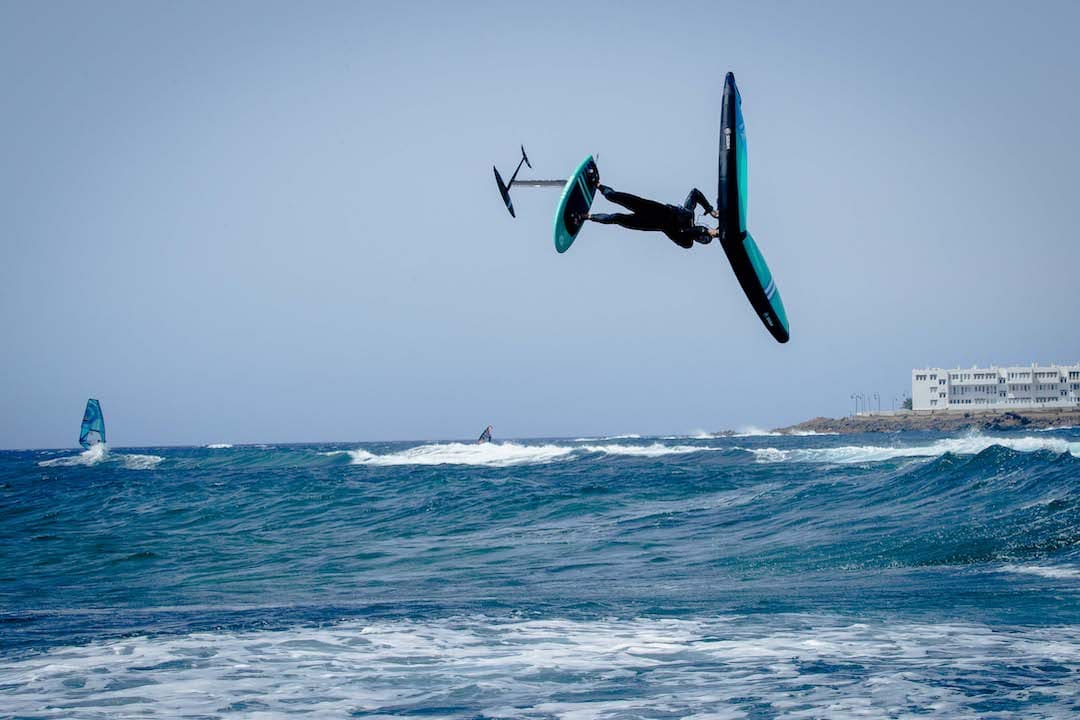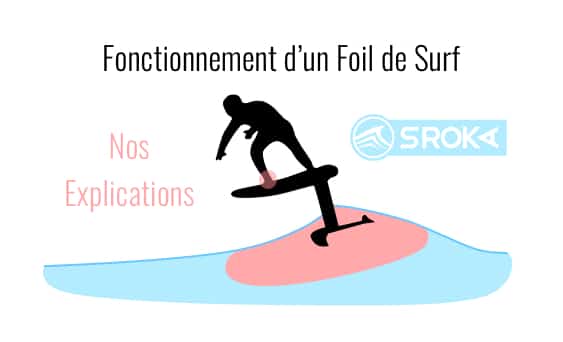 LE MAGAZINE
LE MAGAZINEHow is a foil carbon made?

How is a foil carbon made?
Building a foil carbon is no mean feat. There are different ways and techniques to build a foil carbon. However, building a foil carbon requires skill and know-how. In this article we detail the various steps involved in building a foil.
We need to differentiate between the construction of the mast and fuselage assembly, and the fins, which are technically simpler to produce. An excellent foil carbon is determined by its rigidity and glide, and therefore by the quality of the profiles used, the thickness (chord and overall thickness), and the quality of the materials used.
From the outside, it’s very difficult to compare a high-performance (rigid) mast with a flexible one. A mast looks like a mast. However, performance on the water can be totally different. Some carbon masts are less stiff than some aluminum masts. And yet everyone thinks that carbon masts perform better.
Let’s go into the details of foil carbon manufacturing to better understand and choose your foil carbon.
What are the steps involved in making a foil Carbone?
The design
The design of carbon foils is a crucial step in the manufacturing process of a foil carbon.
- To work efficiently, the foil project manager draws up the most precise specifications possible, and determines the precise characteristics of what he is looking for to create this foil Carbone.
- The engineers then use advanced 3D software to design the foils with precision. This software determines the precise characteristics of each foil, enabling the best foil to be chosen to meet the customer’s specifications.
- Finally, he models the various parts of the foil: wings, fuselage, mast and deck, and optimizes their shape and fit by refining certain parts, or thickening potentially fragile areas.
Thanks to these simulation tools, engineers can simulate the behavior of the foil under different conditions and observe the potential drag of each part of the foil, determine the potential speed of each fin or stabilizer.
This step is fundamental to saving time in later prototyping. It enables informed decisions to be made when designing foil to obtain the best possible performance.
The characteristics of a carbon mast for speed or for jumping are not the same. Effort constraints are different. As a result, mast shapes are adjusted according to needs.
As a general rule, if you’re looking for glide, you need to reduce the drag of the mast, fuselage and winglets. So, to reduce drag, we reduce the thickness of the mast chord and the thickness of the fuselage, while remaining as stiff as possible. The complexity of a good carbon foil lies between excellent finesse and maximum stiffness.

Prototyping / mold machining
Once the engineer and project manager have reached a compromise on the overall shape and performance of foil, the design phase begins with the production of a prototype.
This stage involves machining the mold for the various parts of the foil. If the design is well executed, then the prototype is only a confirmation phase. If not, the 3D modeling has to be repeated.
Machining is carried out with high precision using a CNC, a machine that cuts aluminum or steel (wood or “lab” molds can also be made in certain cases for rapid propagation).

Positioning the carbon fabrics in the mold.
Once the mold is finished and polished, another machine laser-cuts the carbon fabric. Increasingly, pre-preg carbon is being used. This method has a number of advantages: it allows the ideal amount of resin to be applied to the carbon, avoids the need for personnel to work with toxic resin, and saves time and ensures considerable precision.
After this stage, the pieces of fabric are placed in the molds, oriented in specific ways to achieve greater strength in some areas and greater rigidity in others. Once the mold is closed, it is heated and compressed using a hydraulic press.
Pieces of carbon fabric are oriented in the molds in specific ways to achieve greater strength in one place or greater rigidity in another. The angle at which the carbon fabrics are positioned, their quantity or thickness, all influence the mechanical strength of the part. This is one of the key stages in the production of foil carbon. If the factory has little or no knowledge of these fundamental techniques, then the part will never have the desired characteristics.

Cooking
Once the mold is closed, it is heated and compressed using a hydraulic press (several tons). On some parts, an autoclave is used to increase the pressure even further. However, this requires a lot of manpower, time and infrastructure. Increasingly, we’re using large presses that can apply several tons of pressure to all the different parts of the mold.

The finish
Once baked, the excess material is removed. Each piece is sanded by hand or in a food processor to obtain a smooth surface.
Finally, holes are drilled for inserts or screws. Varnish is then applied. The part is then tested in all directions to ensure it is flawless.

The test phase
If everything meets the specifications, the desired performance on the water (thanks to tests in different wind, swell and size conditions) and resists mechanical stress in the workshop, then we can launch the industrialization phase, where each stage is optimized to produce a mass-produced foil.
In conclusion.
Producing a foil in carbon requires a great deal of research and time to produce a high-performance, long-lasting product. Some brands want to speed up these different stages to produce quickly and create a marketing buzz.
Our strategy is just the opposite. We prefer to take the time to ensure that each step is perfectly executed to produce a high-performance foil that lasts over time. This requires a great deal of patience, time and energy. But it results in a foil that is both exceptionally efficient and solid.
 Le Magazine
Le Magazine














